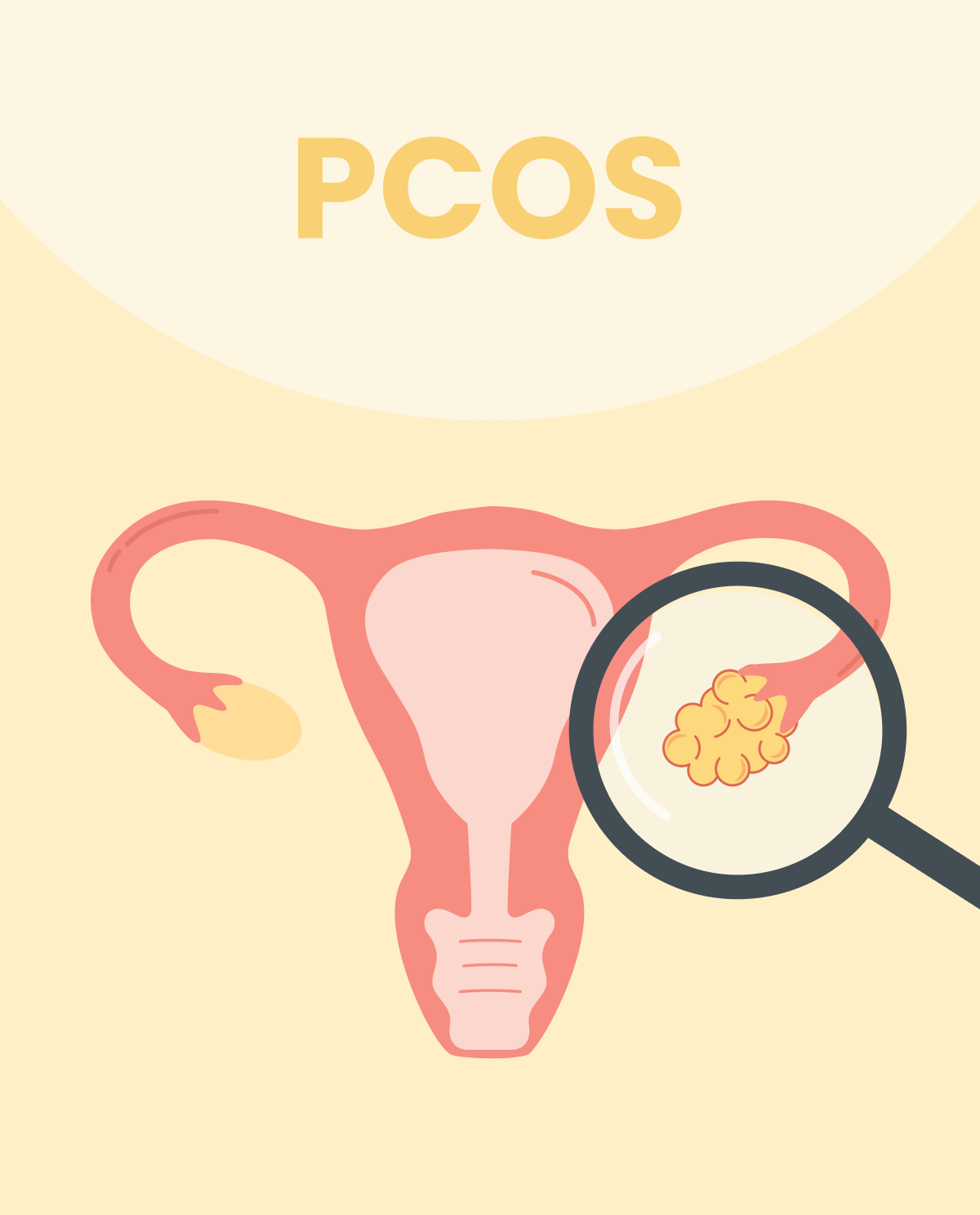Steps of the breast self-examination
First and foremost, you should ask your physician to show you exactly what to do and what you should look for. It should be noted that if you decide to self-examine during your period, you should pick a time when your breast is the least tender since hormonal fluctuations induce breast tissue changes. In a few steps, I will explain what to look for and how to perform the self-examination.
- Step 1 "visual inspection": in front of a mirror, depending on preference you should sit/stand shirtless and braless with your arms spread and hands placed on your hips. During this time, you should look for any changes in the skin (dimpling, redness, swelling, or puckering), nipple inversion, shape, symmetry, and size. After this, raise your arms above your head and look for the exact same changes in front of a mirror.
- Step 2: technically still part of the visual inspection, you will try to look for any fluid discharge. The color can vary from red to watery to milky or yellow.
- Step 3 "tactile inspection": lay down on your bed, raise your left arm above your head and use your right arm to feel your left breast in a smooth circular manner with the soft pads of the fingers. You should perform this on the whole breast, from side to side, then from top to bottom. Repeat the same procedure with your right breast.
- Step 4: Using tactile inspection, while sitting or standing, raise your right arm and inspect your right breast with your left hand using the same maneuver described above. Repeat the procedure with your left breast.
Results of the self-exam
- Normal results: women usually find minor changes during breast self-examination such as lumps or other changes. Of course, if you find a lump, it should be reported to your primary healthcare physician but most of the time, these findings are normal, and they can occur during the menstrual cycle. So do not directly panic. It should be of note that when a woman is aging, the appearance and sensation of the breast will also change.
- If you notice discharge, inverted nipple, hard lumps, or skin changes (puckering, redness, pain, thickening, itch, or rash) it should be directly reported to your primary healthcare physician for further inspection.
Risks of the self-exam
- Anxiety: Of course, any new changes such as lumps can be stressful but do not worry until you have been checked out by a physician. The tests required by the physician can also induce more anxiety when you wait for the results.
- Believing the self-exam is enough: any overestimation can be detrimental as it cannot substitute the efficacy of a medical breast exam or diagnostic tests (USG, mammogram, or biopsy). It is crucial for women self-assess but it is a tool to give some insight to your primary healthcare provider during your visit.








